The only Xiabu Museum in China, where the most complete Xiabu materials and cultural relics are displayed
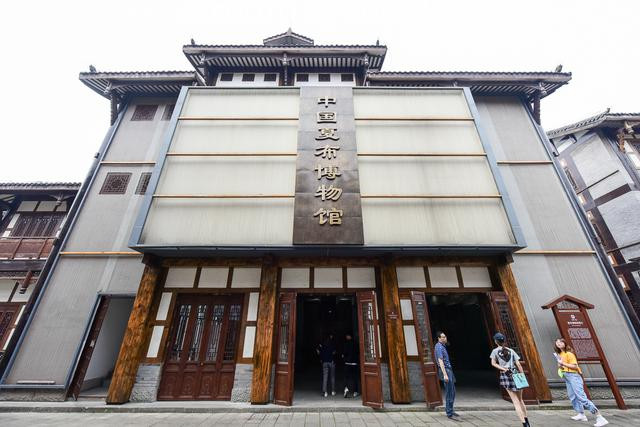
In the eyes of many people, Chongqing used to be an industrial city, but now it is an online city. In fact, this is a misunderstanding of Chongqing. Chongqing is first and foremost a cultural city with a history of more than 3000 years. Industry is only one side of it, and internet celebrities are just a label. Chongqing is very ancient and vast. No one dares to say that they know Chongqing very well, because not many people have actually traveled to Chongqing, including Chongqing people.
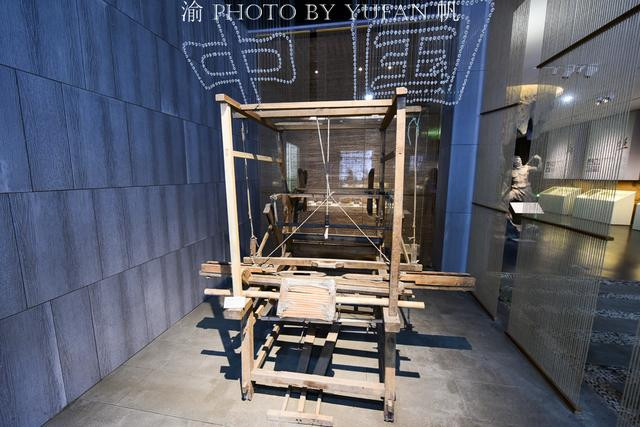
Chongqing is not just the main city, it is a general term for 38 districts and counties, each with its own characteristics and culture. Each district and county has its own signature scenic spots. You may have heard of Wulong's Tiansheng Sanqiao, Dazu's stone carvings, Fengdu's ghost city, and Fengjie's Baidi City. You may also have heard of Youyang's Taohuayuan, Nanchuan's Jinfoshan, Hechuan's Fishing City, and Wushan's Shennu Peak. But how many people have heard of what Qijiang has? What is there in Xiushan? What does Rongchang have? Or what does Liang Ping have? What are the stone pillars? What is there in Tongnan

Some friends may say that Qijiang has Gujian Mountain, Xiushan has Hong'an Border Town, Liangping has Shuangguitang, Shizhu has Huangshui, Tongnan has Shuangjiang Ancient Town... Of course, every district and county in Chongqing has its own remarkable side, which one is not famous? Shuangguitang is the ancestral home of Southwest Buddhism, and Shuangjiang Ancient Town is one of the first ten famous historical and cultural towns in China. Which one is not a national name or treasure level existence? So, Chongqing is definitely worth visiting again and again, never getting tired of a hundred trips. It is not only the hottest internet celebrity city in China, but also the most charming tourist city and the city with the most AAAAA level tourist attractions in China.
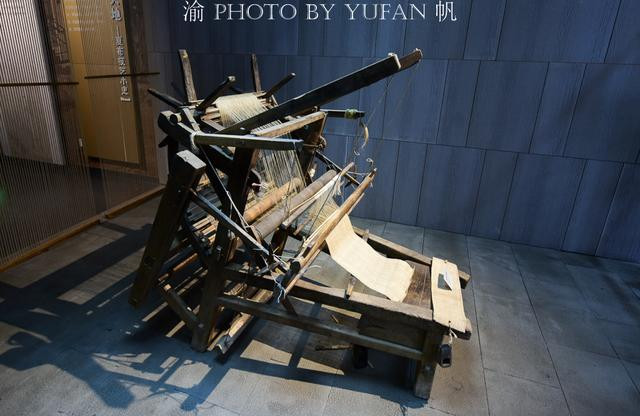
Today, we are going to introduce Rongchang, a suburban area under the jurisdiction of Chongqing. It is not a small town in western Chongqing famous for tourism, but it also has an amazing and profound culture. It was formerly known as Changzhou and is known as the "Fragrant Country of Haitang". In the seventh year of the Hongwu reign of the Ming Dynasty, it was renamed Rongchang after the first characters of Rongzhou and Changzhou, which means prosperity and flourishing. It is an important gathering place for Hubei, Guangxi, and Sichuan, and is known as a living fossil of Hakka culture. Moreover, this place has three national intangible cultural heritages: Rongchang pottery (one of the four famous pottery in China), folding fans, and summer cloth. It is also the birthplace of the world-class excellent pig breed "Rongchang pig".
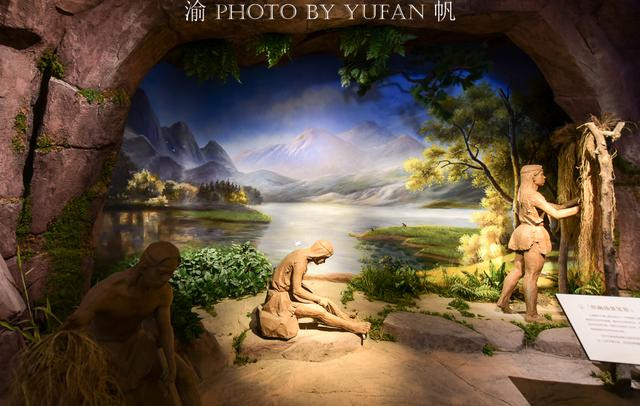
These massive cultural heritage may not have as much influence as the Dazu Rock Carvings, Hechuan Fishing City and Tongliang Dragon on the edge, but which one is not remarkable? For example, the only national level Xiabu museum in China is located in Rongchang, which provides a comprehensive introduction to Xiabu.
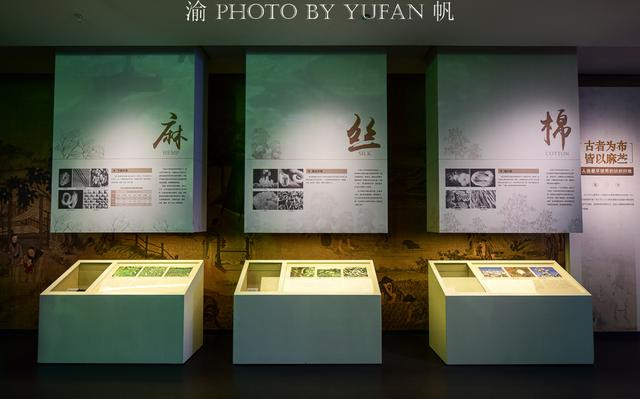
The Xiabu Museum is located on the scenic spot of Xiabu Town in Rongchang, Chongqing, and is the core attraction and important component of Xiabu Town. The entire museum focuses on the national intangible cultural heritage - the weaving technique of summer cloth. While emphasizing the protection, display, and popularization of traditional cultural heritage, it is also committed to introducing the history and culture of Rongchang summer cloth to people.

Rongchang Xiabu has a very long history and its name has changed several times. In the Han Dynasty, it was called "Shu Bu"; In the Tang Dynasty, it was called "spotted cloth"; In the Song Dynasty, it was called "tube cloth", and now it is called "Rongchang Xia cloth". In 2008, it was included in the second batch of national intangible cultural heritage list.
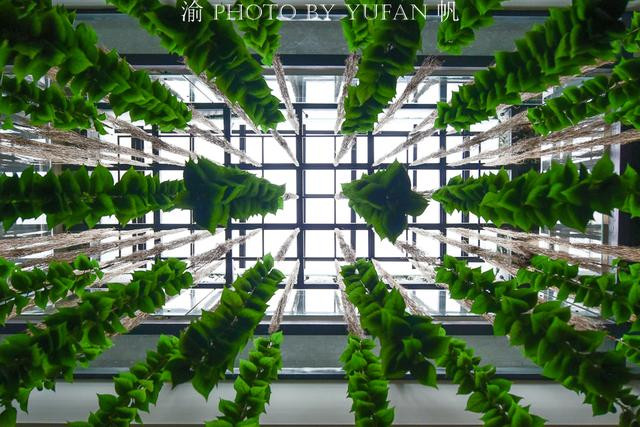
Looking back at its history, as early as the Han Dynasty, there were records of Xia Bu (Shu Bu), and the Tang Dynasty's "Yuanhe County Annals" recorded "Changzhou tribute tube cloth and spotted cloth". The so-called "tube cloth" refers to the medium fine fabric of summer cloth, which is often rolled into a tube shape and loaded into bamboo tubes for easy transportation. Therefore, it is called "tube cloth", and according to its shape and color characteristics, it is called "spotted cloth". The "Taiping Huanyu Ji" also records that "Changzhou produces spotted cloth and tube cloth". As both a specialty and a tribute cloth, it indicates that the weaving technology of hemp cloth in Changzhou has been relatively developed since the Tang and Song dynasties, and it is also presented as a tribute to the court.
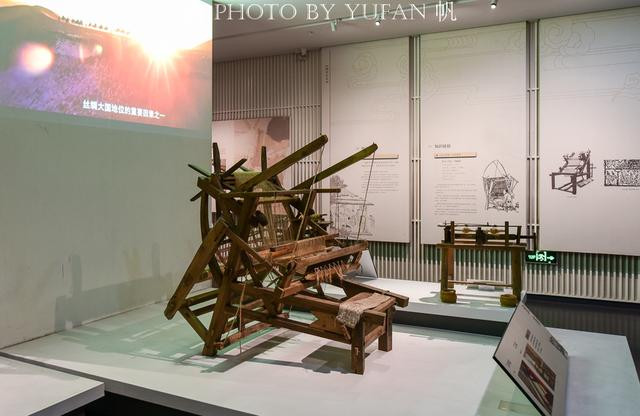
To put it simply, Rongchang Xiabu is actually a type of linen fabric, which can be divided into three categories: fine fabric, coarse fabric, and ribbed fabric. The fabric has fine and smooth patterns, a bright and smooth color, and is tough and durable. Moreover, due to the light and thin nature of hemp, it is easy to wash and dry after wearing, and has sharp edges and corners after ironing, appearing quaint, elegant, and beautiful. Therefore, it has been deeply loved by people throughout history.
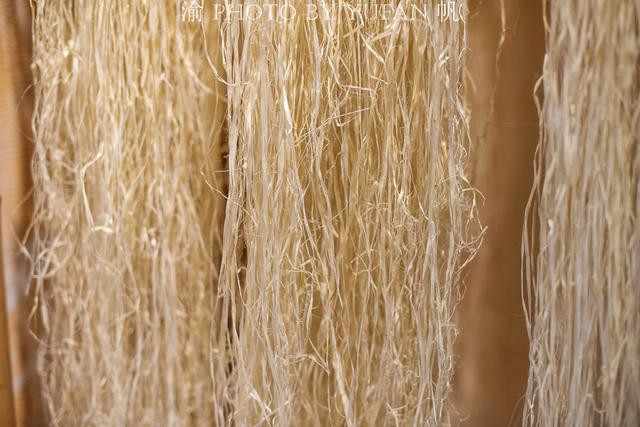
According to the staff, Rongchang Xiabu was a rare commodity before the Qing Dynasty, mainly used as tribute to the court. It was not until the late Kangxi period that it was produced as a commodity and exported to domestic and foreign markets, especially Korea, Japan, Southeast Asia, and other places, becoming a famous specialty in China.
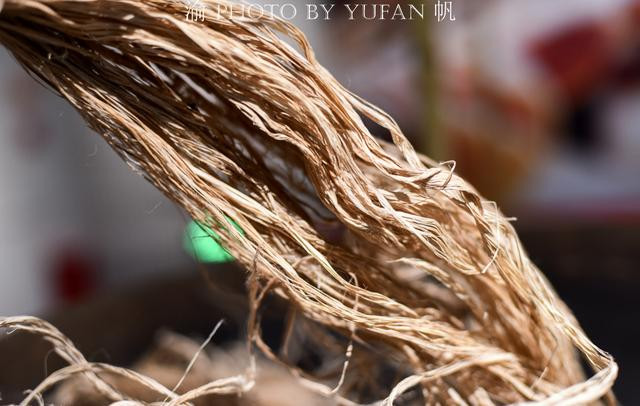
However, as a purely handmade product, Rongchang summer cloth was later squeezed by a large amount of foreign yarn and artificial silk, and its survival space became increasingly limited. Its international market sales were also greatly hindered. In the face of machine spun cotton yarn with much higher production efficiency, handmade Rongchang summer cloth lost its market competitiveness and gradually faded out of people's sight.
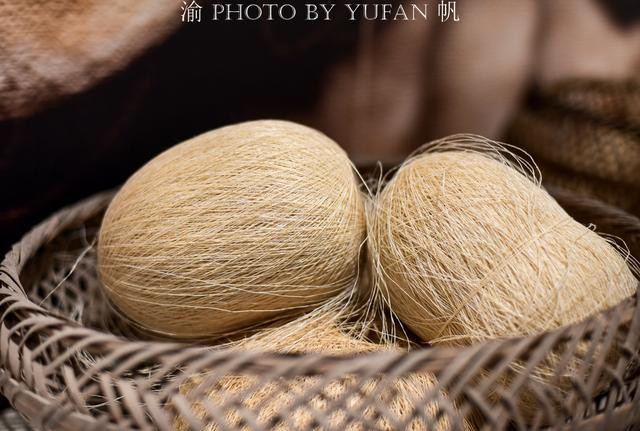
After the reform and opening up, some high-end foreign brands discovered that handmade summer cloth had many advantages that machine gauze could not replace, and the demand increased significantly. As a result, the dormant weaving machines were awakened, and many old weaving artists in Rongchang began to teach their skills again, allowing the traditional craft that was on the brink of extinction to continue to be inherited and developed.
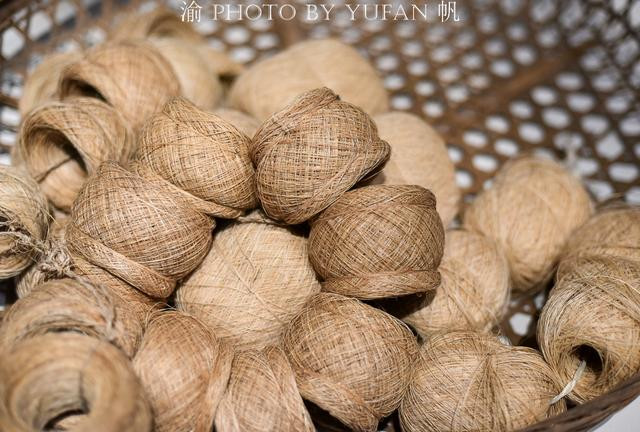
Around 1995, the inheritors of Rongchang summer cloth combined modern craftsmanship and technology to innovate the original process, making significant breakthroughs in areas such as biological degumming of ramie and plant dyeing. This increased the production efficiency of Rongchang summer cloth by 1.6 times compared to before the founding of the People's Republic of China, ushering in another peak period. The annual production of summer cloth in Rongchang (then a county) reached 700000 pieces.
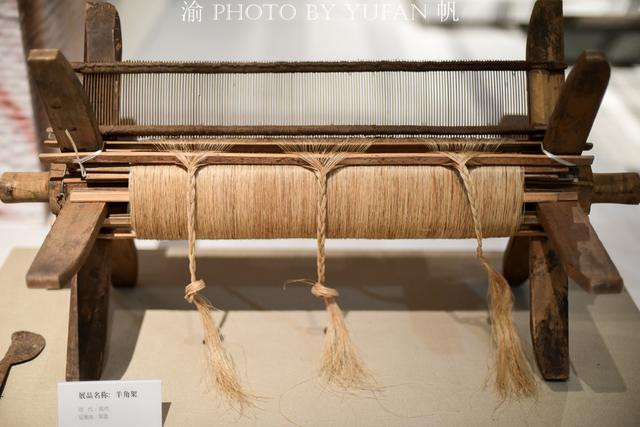
Later on, the influence of Rongchang Xiabu in the country also grew. In 1998, the Ministry of Agriculture awarded Rongchang the honorary titles of "Hometown of Chinese Xiabu" and "Xiabu Processing Base". In 2008, Rongchang Xiabu was recognized by the Ministry of Culture as a "National Intangible Cultural Heritage". In 2009, Yan Kunji, an 80 year old man from Rongchang, was recognized by the Ministry of Culture as a representative inheritor of the national intangible cultural heritage project of summer cloth weaving skills.
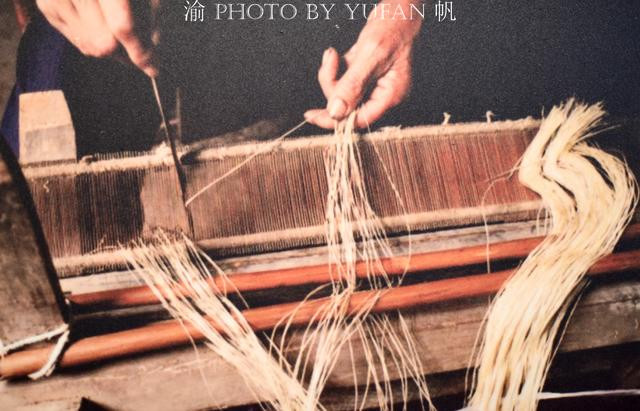
In order to showcase, announce, and promote Rongchang Xiabu, Rongchang has specially created an AAA level "non heritage tourism scenic spot" - Xiabu Town, which integrates Xiabu Expo, research and development, information release, exhibition and sales, and experiential tourism. The entire town covers an area of more than 100 acres, with a total construction area of 53000 square meters. The main building consists of 24 courtyard houses imitating the style of the Ming and Qing dynasties, a blue tile ancient courtyard, a corridor bridge art dream, and horizontal and vertical trails, with beautiful steps. And the Xiabu Museum is one of them.
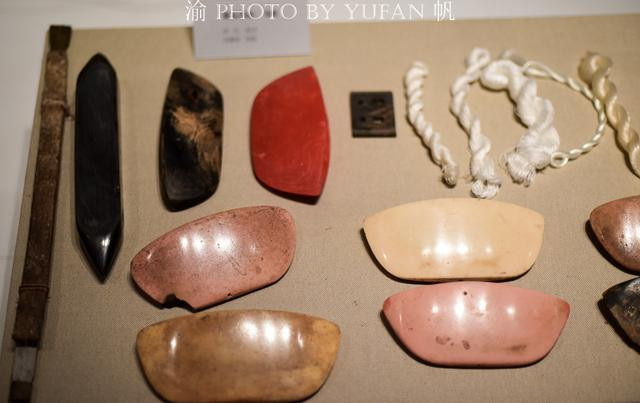
The museum system introduces the history, culture, and production techniques of Rongchang summer cloth, as well as many ancient textile machines and products. This is the ancient shuttle, also known as the time flies like an arrow, the sun and moon shuttle like a shuttle. Its surface is very smooth, and inside it, a thread is threaded. With a gentle throw, the thread is carried to the other side, and then the cycle of operation repeats itself.
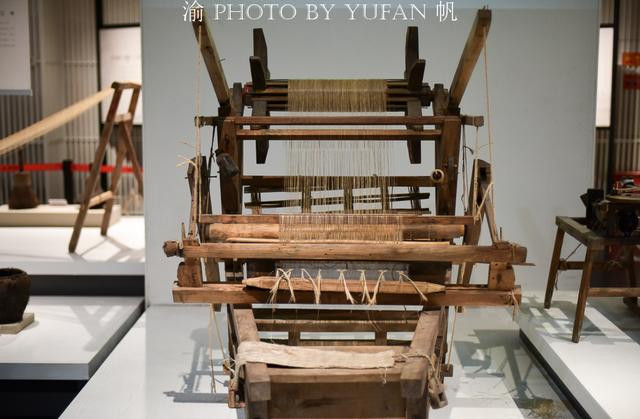
This is an ancient textile machine, said to have a history of over 200 years, but it can still be used today to weave summer fabrics.
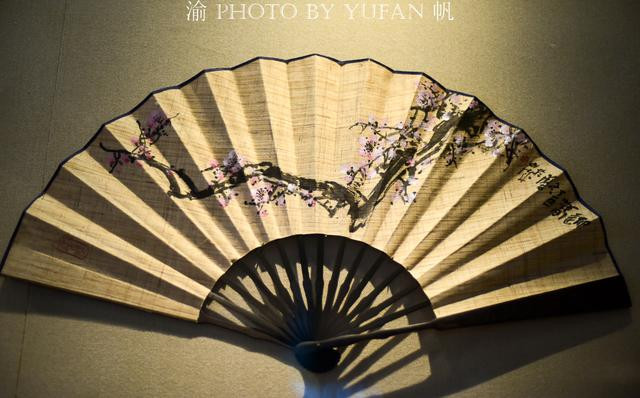
Xiabu has a wide range of uses, including clothing, bedding, and daily necessities. This is another national intangible cultural heritage of Rongchang, which is the folding fan made of Xiabu.
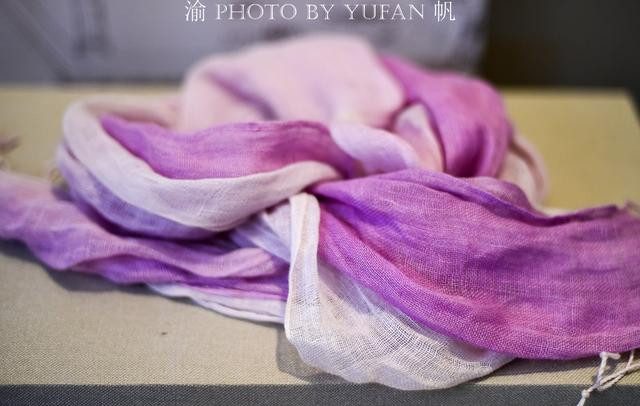
This is a scarf made of summer cloth.

In addition to illustrated introductions, tools, and physical displays, museums also have many scene sculptures made by Xia Bu in the past.
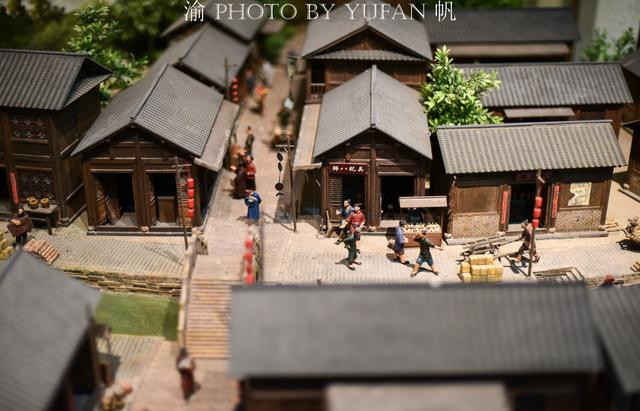
This is a miniature landscape of the Rongchang Xiabu Production Workshop in the past, which is very realistic like a picture of the river during Qingming Festival.

A miniature landscape corner where shops, bridges, workers, ships, and other items are clearly visible.
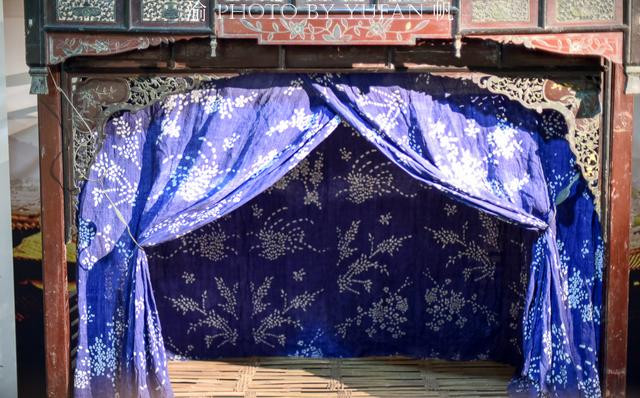
Mosquito nets and bed curtains made of summer cloth in the past
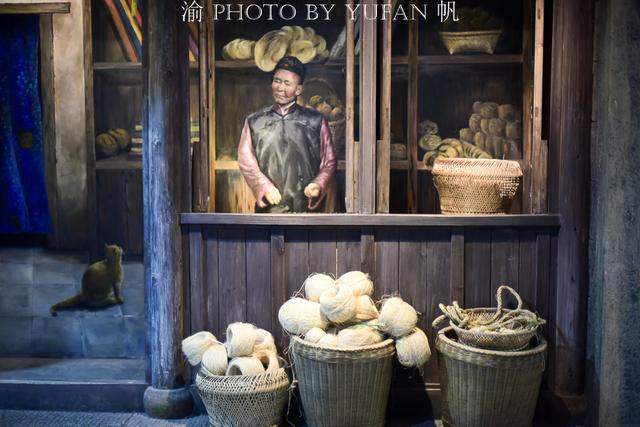
Restore the scene of selling hemp silk before.
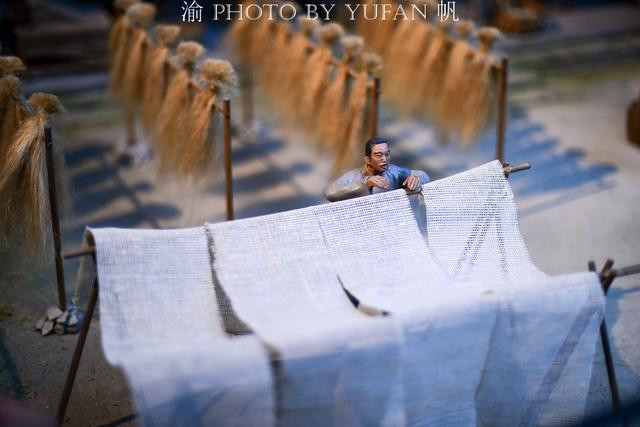
Previously, the scene display of Xia Bu production should be a scene of grazing and drying hemp thread and Xia Bu.
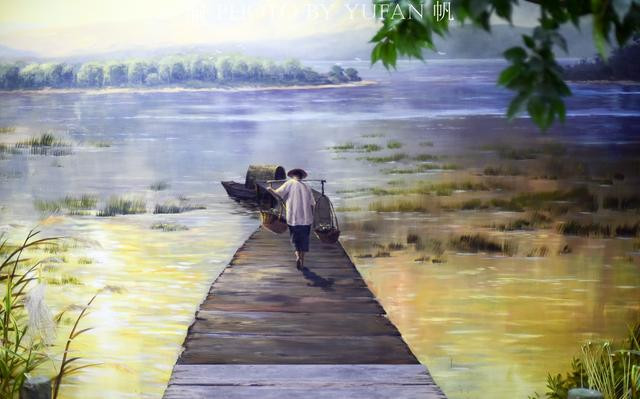
The workers will ship the finished hemp thread for sale.
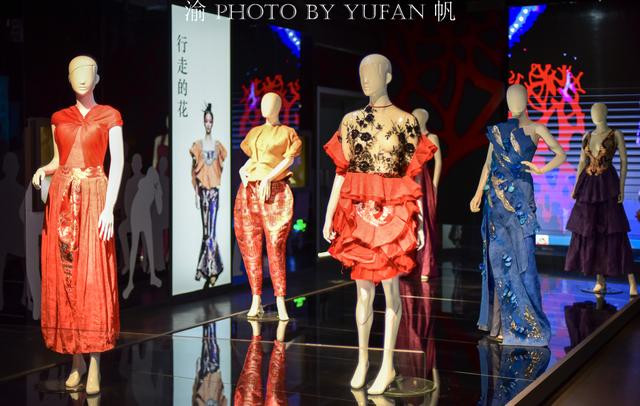
Now, with Rongchang summer cloth being declared as a national intangible cultural heritage, its production has become more standardized, large-scale, and international. Local artists are trying to use it as raw materials for bags, furniture accessories, fans, and other items. Even in some international high-end brands' clothing and some international fashion exhibitions, Rongchang summer cloth can often be seen, and orders from all over the world are flying into Rongchang like snowflakes, making this national level business card shine even more brightly.
Previous Article:Chongqing Tourism: Walking into the World's Miao Villages, Nourishing the Heart, Pengshui (pictured)
Next Article:Travel Diary: Chongqing Dazu 4-Day Tour
